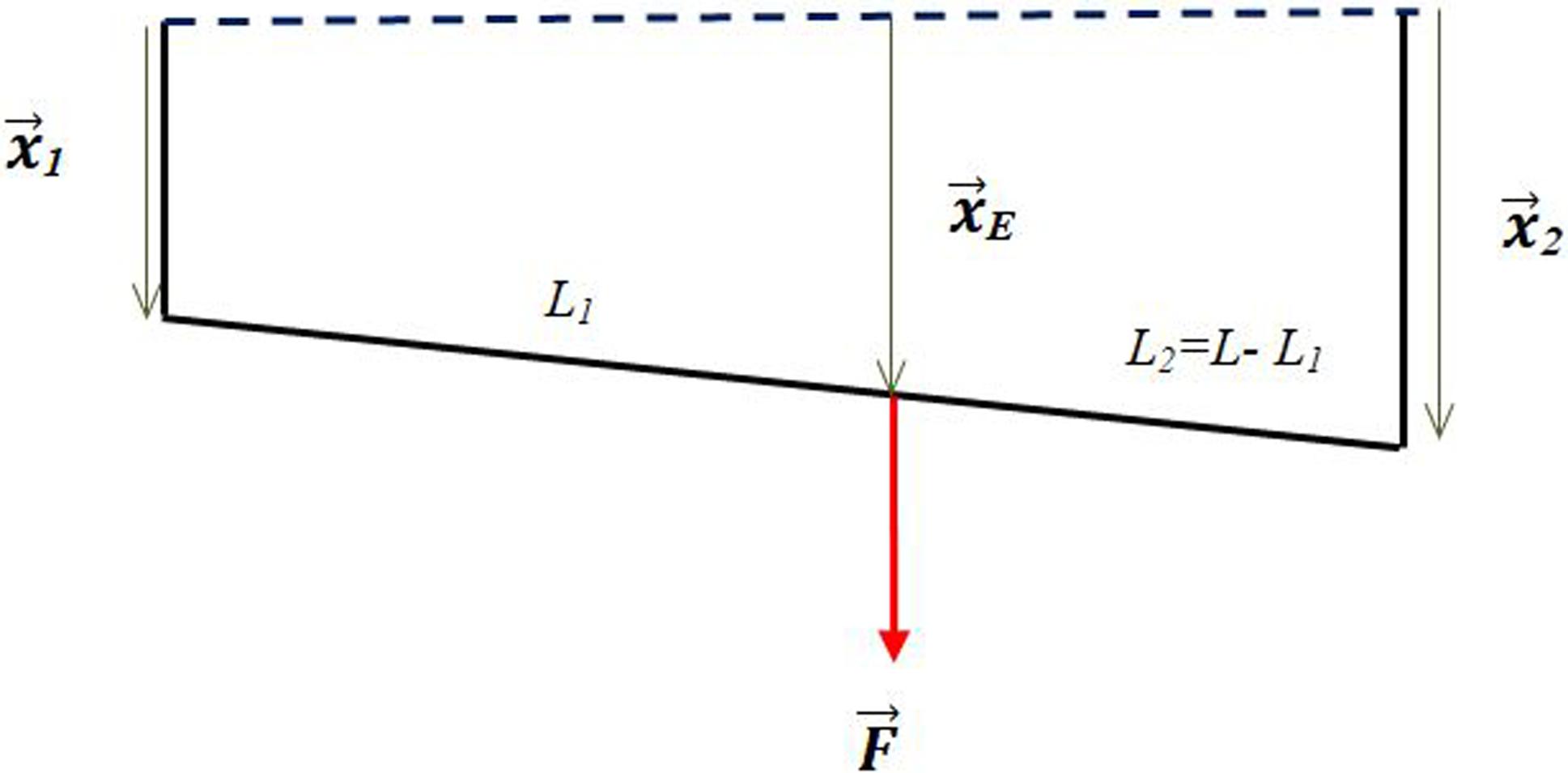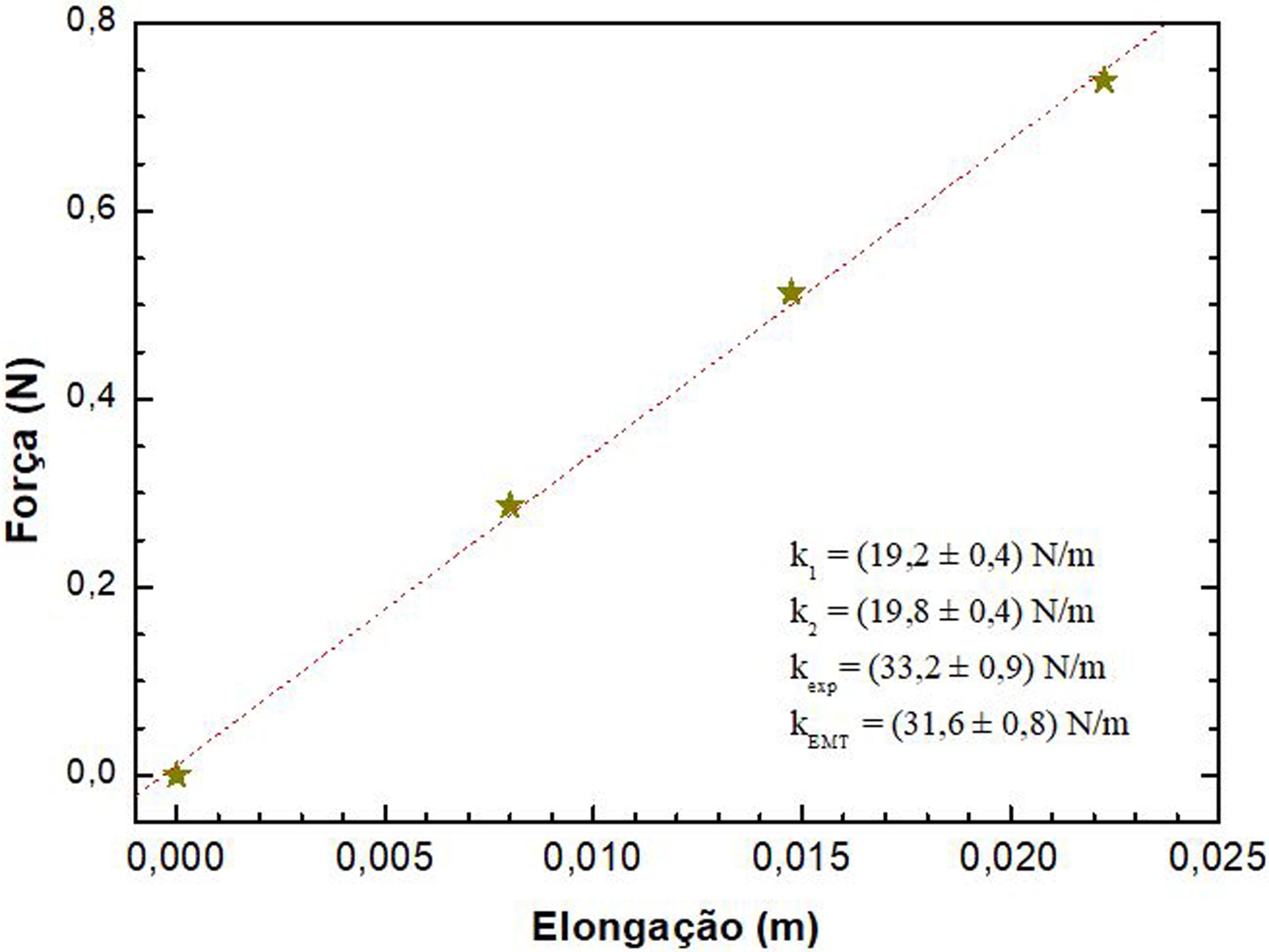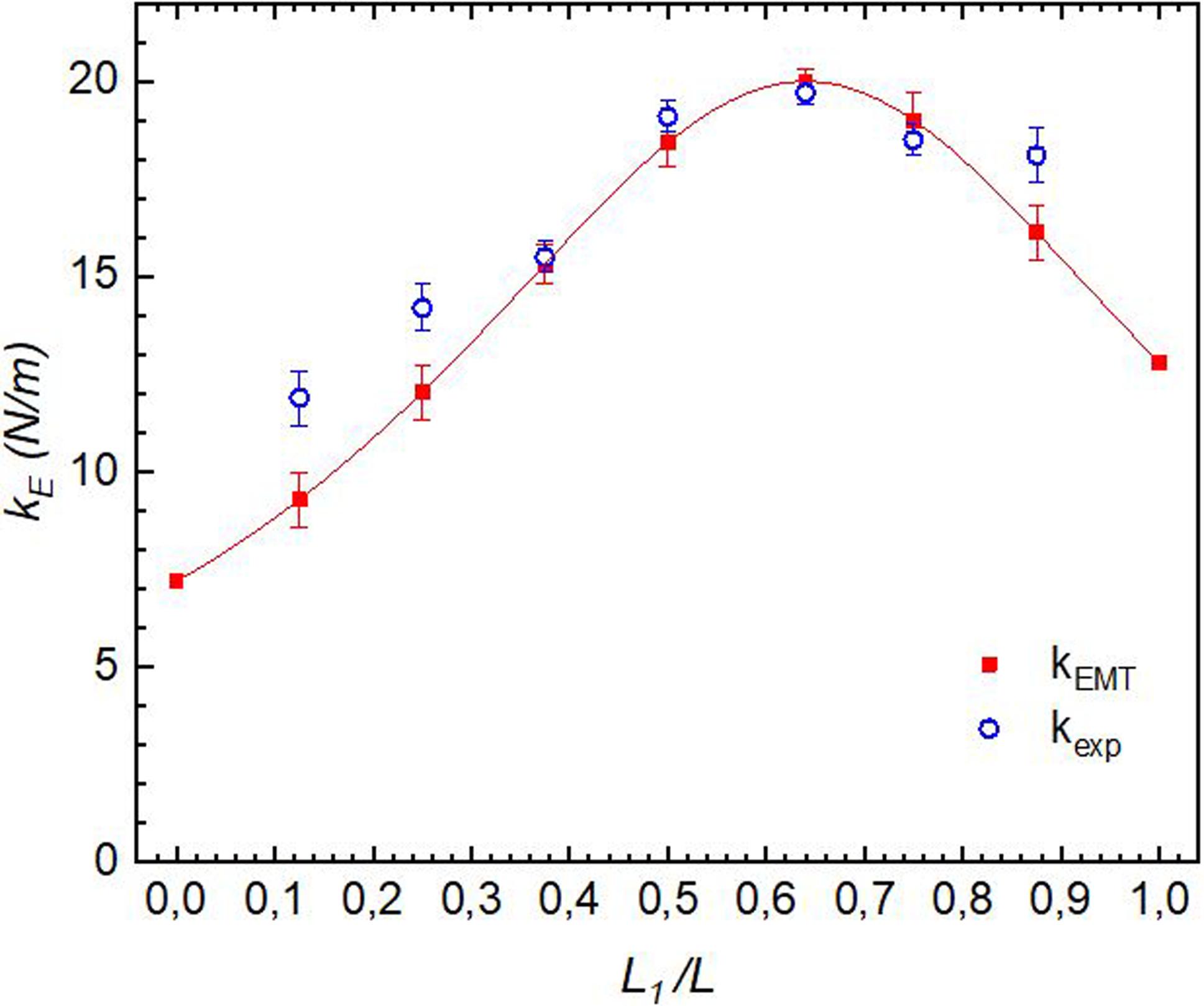Abstract
Spring associations are often explored in Physics teaching through a theoretical model that defines the equivalent elastic constant of a set of springs in parallel as the sum of the spring constants of each of the associated springs. Like any scientific model, this representation is constructed by assuming a series of idealizations that delimit its validity domain. In the mentioned model, it is assumed that, when a force is applied, the associated springs extend equally, that is, they present a same deformation. For the case where two springs are used to sustain an object vertically, we will hardly have this condition respected In this paper, we present a discussion about the association of two springs in parallel from the perspective of the Bunge modeling process. We propose an expansion of the traditionally explored theoretical model considering the association of two parallel springs that do not deform equally. We also present an empirical comparison of the traditional model and the proposed expanded model. We understand that the discussion built has the potential to, besides providing the mobilization of basic physics knowledge, foster discussions about the representational role of scientific knowledge, enabling situations that demand reflection on the nature of Science.
Keywords:
Hooke's law; spring constant; parallel springs; scientific model











